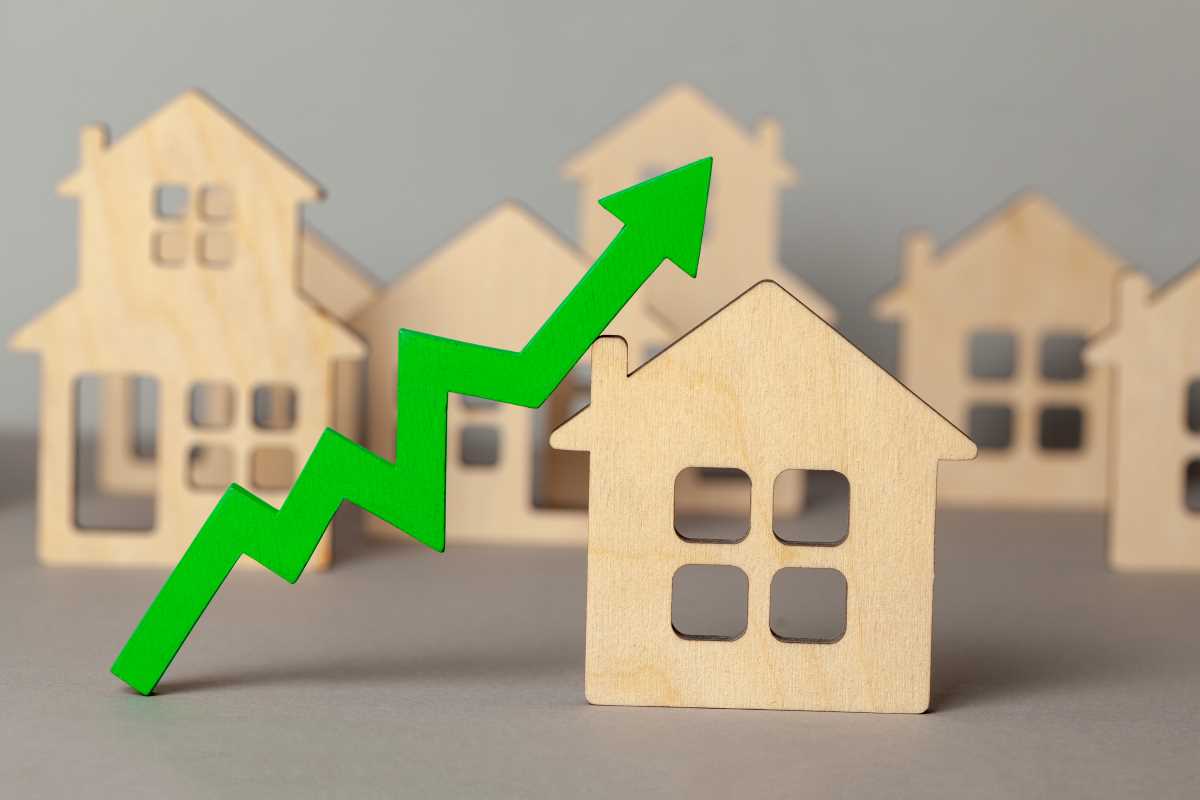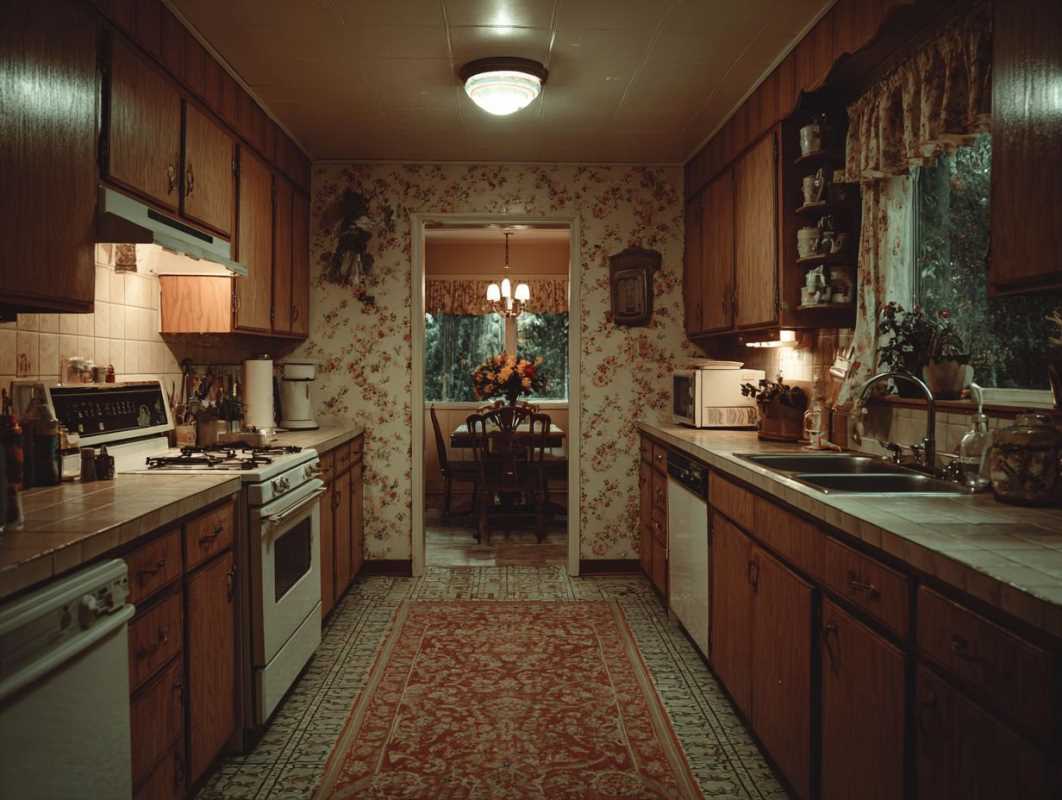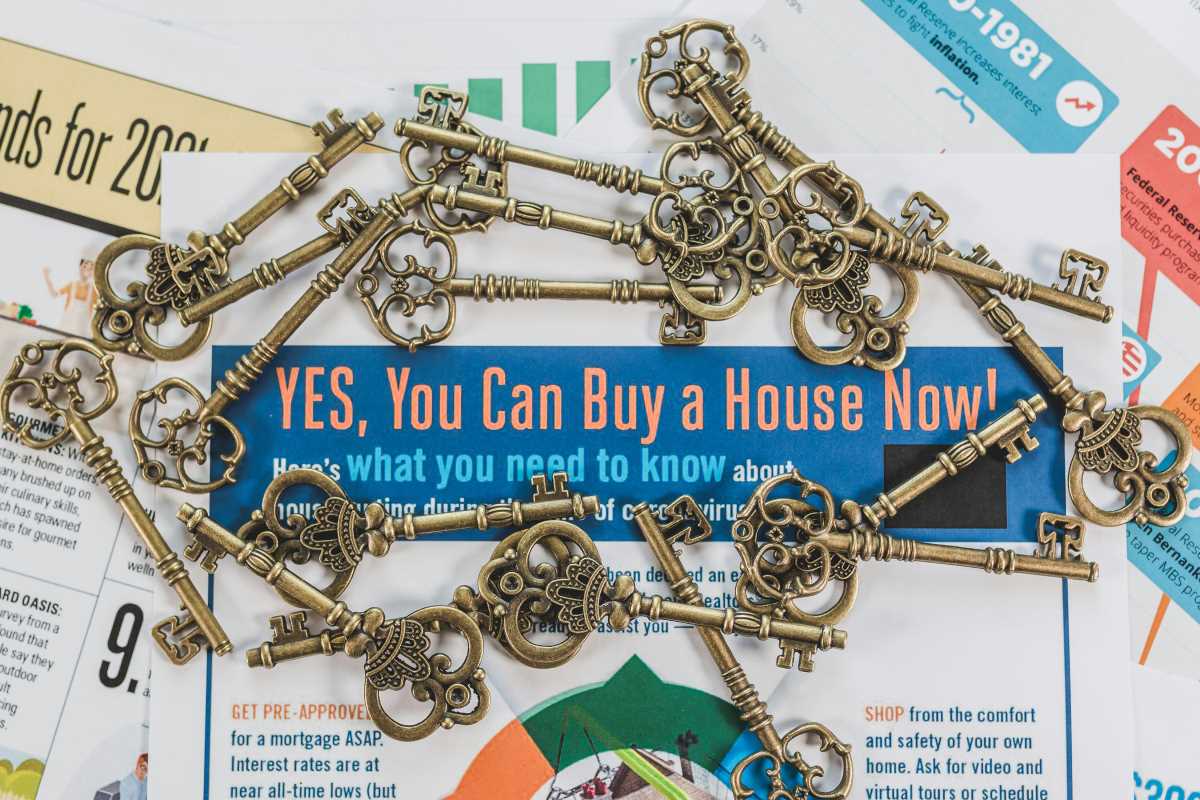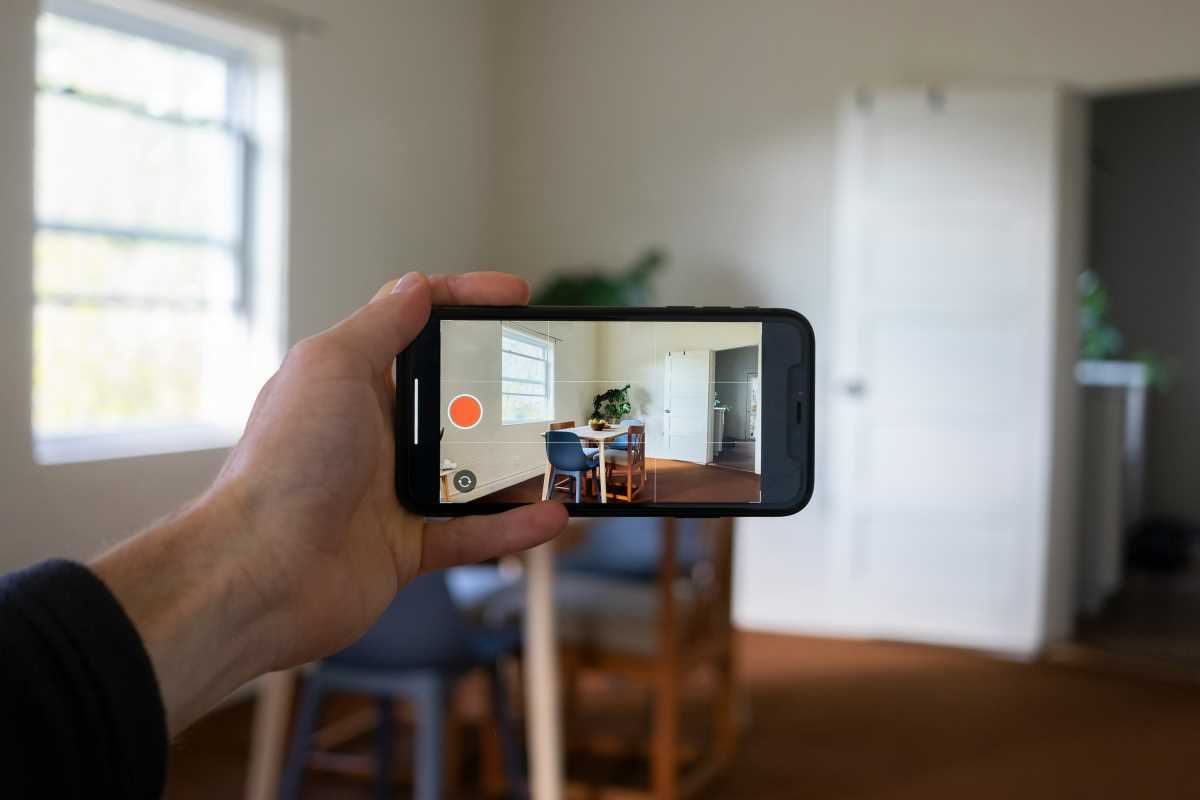When my wife and I were looking for our first home, the number everyone kept talking about wasn't the price of the house—it was the interest rate. At the time, I didn't fully grasp how much that single percentage point could change everything. It felt a bit like a mystery. Now, after years of watching the market, I've come to see that the relationship between interest rates and home prices is one of the most important things to understand, whether you're looking to buy your first home, sell your current one, or invest in property.
It’s not just a number on a bank statement; it’s a powerful force that shapes the entire housing market. Think of it like a seesaw. When one side goes up, the other tends to go down. Let’s break down how this works in a practical way, so you can make sense of the headlines and feel more confident about your next move.
The Core Connection: Affordability and Demand
At its heart, the link between interest rates and home prices is all about affordability. An interest rate is simply the cost of borrowing money. When you get a mortgage, the interest rate determines how much you'll pay back to the lender on top of the original loan amount over many years.
When interest rates are low, borrowing money is cheaper. This means your monthly mortgage payment will be lower for the same loan amount. For example, a $350,000 mortgage at a 4% interest rate has a principal and interest payment of about $1,671 per month. If that rate jumps to 6%, the payment for the same loan amount climbs to around $2,098. That’s an extra $427 every month.
This change in monthly cost has a huge effect on buyer demand.
- When Rates Fall: More people can afford to buy a home. Their purchasing power increases, allowing them to qualify for larger loans. This surge in eligible buyers creates more competition for the limited number of homes on the market, which naturally pushes prices up.
- When Rates Rise: The opposite happens. Fewer people can afford the higher monthly payments. Buyers’ purchasing power shrinks, forcing them to look at lower-priced homes or even step out of the market altogether. With fewer buyers competing, sellers may have to lower their asking prices to attract an offer.
How Rising Rates Cool a Hot Market
I remember a period when it seemed like every house was getting multiple offers way over the asking price. That was a time of historically low interest rates. When the central bank begins to raise rates to manage the economy, the housing market feels the effects almost immediately.
First, as we saw, buyer demand softens. The pool of people who can afford a home at the current prices gets smaller. This gives buyers a little more breathing room. Instead of having to make a decision in a matter of hours, you might have a few days to think. You may also find that sellers are more willing to negotiate on price or repairs.
For sellers, this shift can be jarring. If your neighbor sold their house in a weekend for a record price six months ago, it’s easy to assume you can do the same. But in a rising-rate environment, that’s not a given. The market has changed. It means sellers need to adjust their expectations and their pricing strategy to match the new reality.
The "Golden Handcuffs" Effect
One interesting thing we've seen recently is what some people call the "golden handcuffs" effect. Millions of current homeowners refinanced or bought their homes when interest rates were at rock-bottom lows—many below 3%.
Now, even if they want to move, they face a tough choice. Selling their home means giving up that incredibly low mortgage rate and taking on a new one at a much higher rate. This financial reality keeps many potential sellers on the sidelines, which in turn keeps the number of homes for sale (the inventory) lower than it normally would be.
This is a key reason why even when interest rates go up, home prices don’t always crash. While rising rates decrease buyer demand, the low supply of available homes helps to keep prices from falling too sharply. It creates a sort of market gridlock.
What Should You Do in a Fluctuating Market?
So, how do you navigate all this? It’s not about trying to perfectly time the market—that’s nearly impossible. It’s about making a smart decision based on your personal situation.
For Buyers:
- Focus on Your Budget: Don't get caught up in the price of the house alone. Focus on the total monthly payment and what you can comfortably afford. Get pre-approved for a loan so you know your numbers before you start looking.
- Marry the House, Date the Rate: This is a phrase you hear a lot in real estate, and it holds a lot of truth. You can find a home you love for the long term, and if interest rates drop in the future, you may have the option to refinance into a new loan with a lower rate.
- Look for Opportunities: In a slower market, you have more power to negotiate. Don’t be afraid to make a reasonable offer below the asking price or ask the seller to cover some of your closing costs.
For Sellers:
- Price It Right from the Start: This is the most critical step. Work with a good real estate agent to analyze recent sales data and price your home competitively for the current market, not the market from six months ago.
- Make Your Home Shine: With less competition among buyers, the condition of your home matters more than ever. Make sure it's clean, decluttered, and well-maintained. Great curb appeal and professional photos are essential.
- Be Patient and Flexible: Your home might take a bit longer to sell than it would have in a frenzy. Be prepared for negotiations and understand that buyers are being more cautious.
Your Path Forward
Rates go up and down, and the market adjusts. Instead of being intimidated by it, you can use this knowledge to your advantage. By understanding how affordability, demand, and supply are connected, you can set realistic expectations and build a strategy that works for your financial goals. The right time to buy or sell is less about what the market is doing and more about when it's the right time for you.







